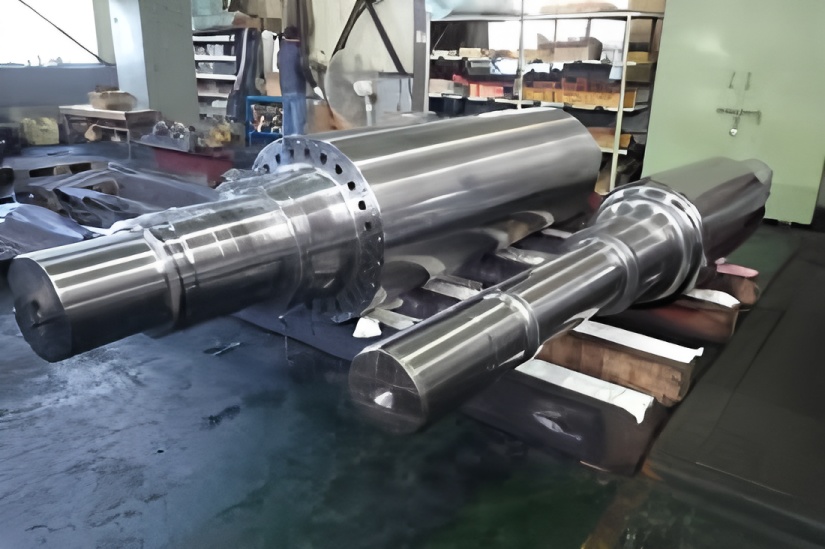1. Rolling Force Control
Excessive rolling force complicates shape control and causes uneven roll temperatures, reducing bearing capacity. New work rolls typically employ higher tension to decrease rolling force, with noticeable reduction after 2-3 rolling cycles.
Insufficient rolling force hampers thickness control. Reducing tension roll resistance can relatively increase rolling force.
2. Thickness Fluctuation Management
For significant thickness variations during rolling:
Reduce speed and minimize tension differences
Cancel monitoring for major fluctuations
Maintain speeds below 500 m/min for variations under 20μm
Limit to 300 m/min for variations exceeding 20μm
3. Edge Crack Causes
Insufficient roll edge roughness
Strip edge discoloration
Excessive total deformation or final pass reduction
Raw material defects: edge waves, bulging, cracking
Inadequate pickling or trimming
4. Edge Crack and Breakage Control
For severe edge cracks:
Reduce work roll bending force
Decrease rolling speed
Lower exit tension
Replace work rolls immediately upon detecting strip edge bulging
5. Strip Deviation and Miscoiling
Primary causes and solutions:
Poor incoming material shape: Reduce speed, adjust reduction position, or stop
Operational errors: Correct improper swing adjustments
Electrical issues: Address tension drops at coiler
Roll taper problems: Regrind severely tapered rolls
Equipment malfunctions: Maintain centering devices and sensors
6. Head/Tail Control Procedures
Increase exit tension by ~5KN during head/tail rolling
Adjust tension to process requirements after rolling force stabilizes
Monitor rolling force and shape closely
Adjust bending force and roll gap promptly
7. Non-Deflection Rolling Precautions
Verify pass deformation amount
Check rolling force magnitude
Ensure adequate bending force
Confirm tension maintenance during startup
8. Sudden Surface Discoloration Response
Immediately reduce speed to 100-200 m/min
Notify operators to inspect strip surface
Stop and resolve if abnormalities are confirmed
9. Full-Roll Discoloration Analysis
Inspect for surface pitting → Replace work rolls if hardness insufficient
Check intermediate/backup rolls for damage → Replace or regrind
Verify emulsion nozzle blockage → Clean nozzles
Confirm intermediate roll horizontal position → Adjust to correct position
Check pickling raw materials → Notify quality personnel for adjustment


